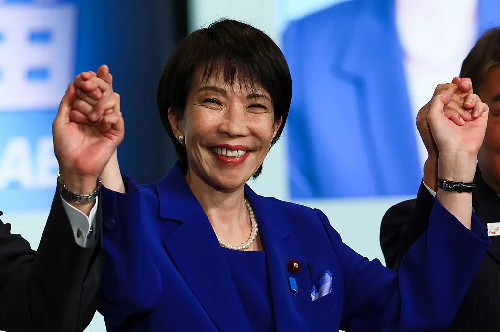Japan is on the brink of a historic political shift, with Sanae Takaichi set to be confirmed as the nation’s first female Prime Minister in its parliamentary history. Her victory in the ruling Liberal Democratic Party (LDP) leadership election marks a monumental breakthrough in a country that has struggled with gender parity in top political office since the establishment of its cabinet system in 1885.
Takaichi, 64, a veteran politician and protégé of the late Shinzo Abe, won the LDP presidential race on October 4, 2025, and is expected to be formally elected and appointed by the Diet (parliament) this month. Her elevation ends Japan’s status as the last G7 nation yet to have a female head of government.
The election of Takaichi to the top post comes after over a century and four decades of male-dominated leadership. Her success is seen by many as a powerful, albeit unexpected, moment for women’s representation in a nation that consistently ranks low on global gender-equality indexes.
- Political Iron Lady: Takaichi is a staunch conservative, often compared to the UK’s Margaret Thatcher, and is known for her hawkish stance on national security and her commitment to the “Abenomics” economic vision.
- Challenges Ahead: Takaichi faces immediate political turbulence, including economic woes like inflation and stagnant wages, and the challenge of potentially governing a minority parliament after the LDP’s coalition partner, Komeito, indicated it may not support her due to her ultra-conservative policies.
- The Path to Power: Takaichi, who previously held key ministerial posts including Minister for Economic Security, prevailed in her third bid for the LDP leadership, defeating a field that included her main rival, Shinjiro Koizumi.
Her supporters hope this historic appointment will not only stabilize the struggling LDP but also serve as a crucial step toward dismantling the persistent structural barriers that have kept women out of Japan’s most powerful offices.







